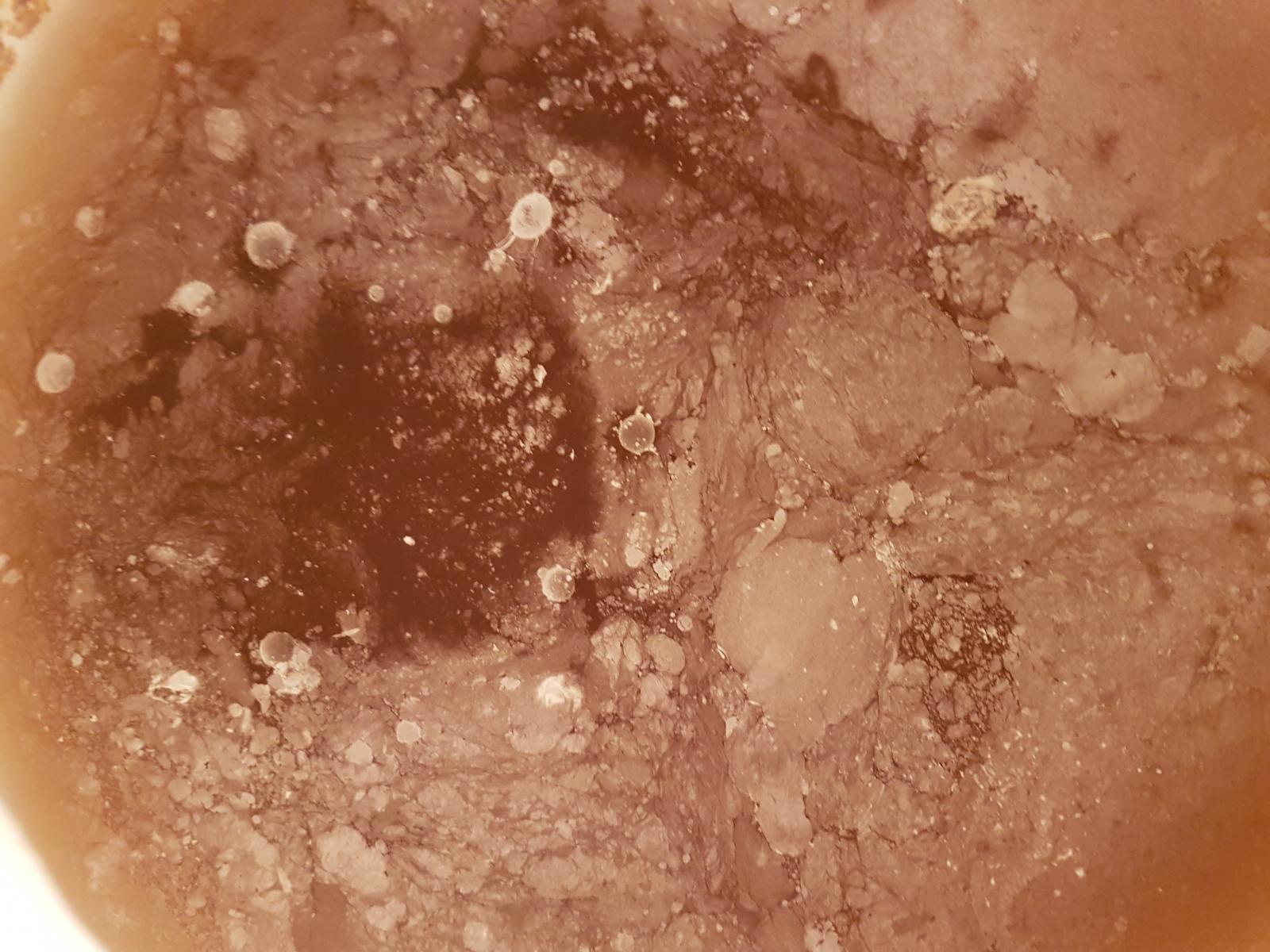suitbrewing
Well-Known Member
Below picture is of an american blonde which has been fermenting in my fermentation fridge for 3 weeks.
It is now sitting @ 2c waiting to be keged.
The beer went into the fermentation fridge after my 1st 100% brett beer and although I used a clean beer only vessel and good sanitisation procedurea it was openned at least one for the dry hops.
Do you think its the brett??


It is now sitting @ 2c waiting to be keged.
The beer went into the fermentation fridge after my 1st 100% brett beer and although I used a clean beer only vessel and good sanitisation procedurea it was openned at least one for the dry hops.
Do you think its the brett??

















































![Craft A Brew - Safale S-04 Dry Yeast - Fermentis - English Ale Dry Yeast - For English and American Ales and Hard Apple Ciders - Ingredients for Home Brewing - Beer Making Supplies - [1 Pack]](https://m.media-amazon.com/images/I/41fVGNh6JfL._SL500_.jpg)








